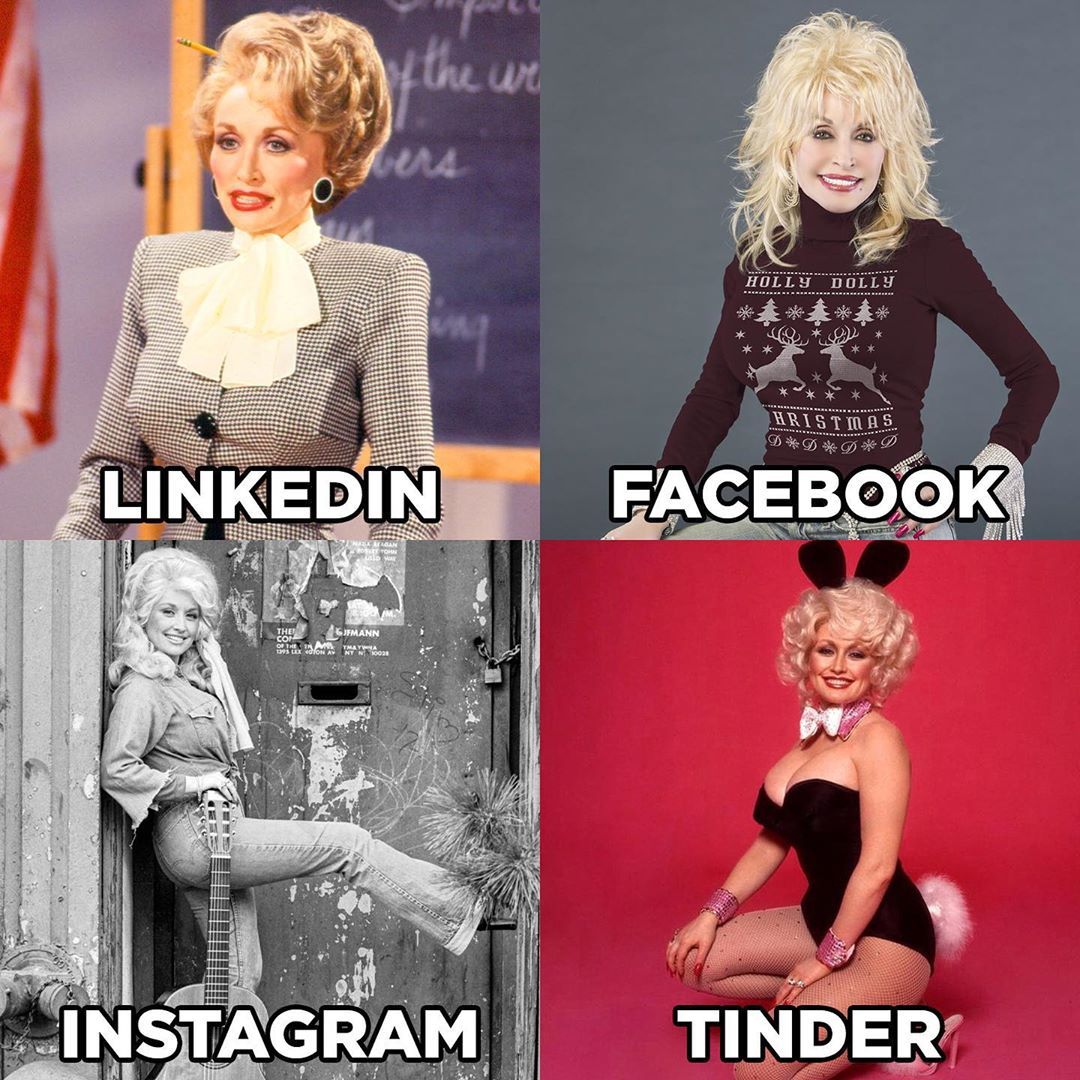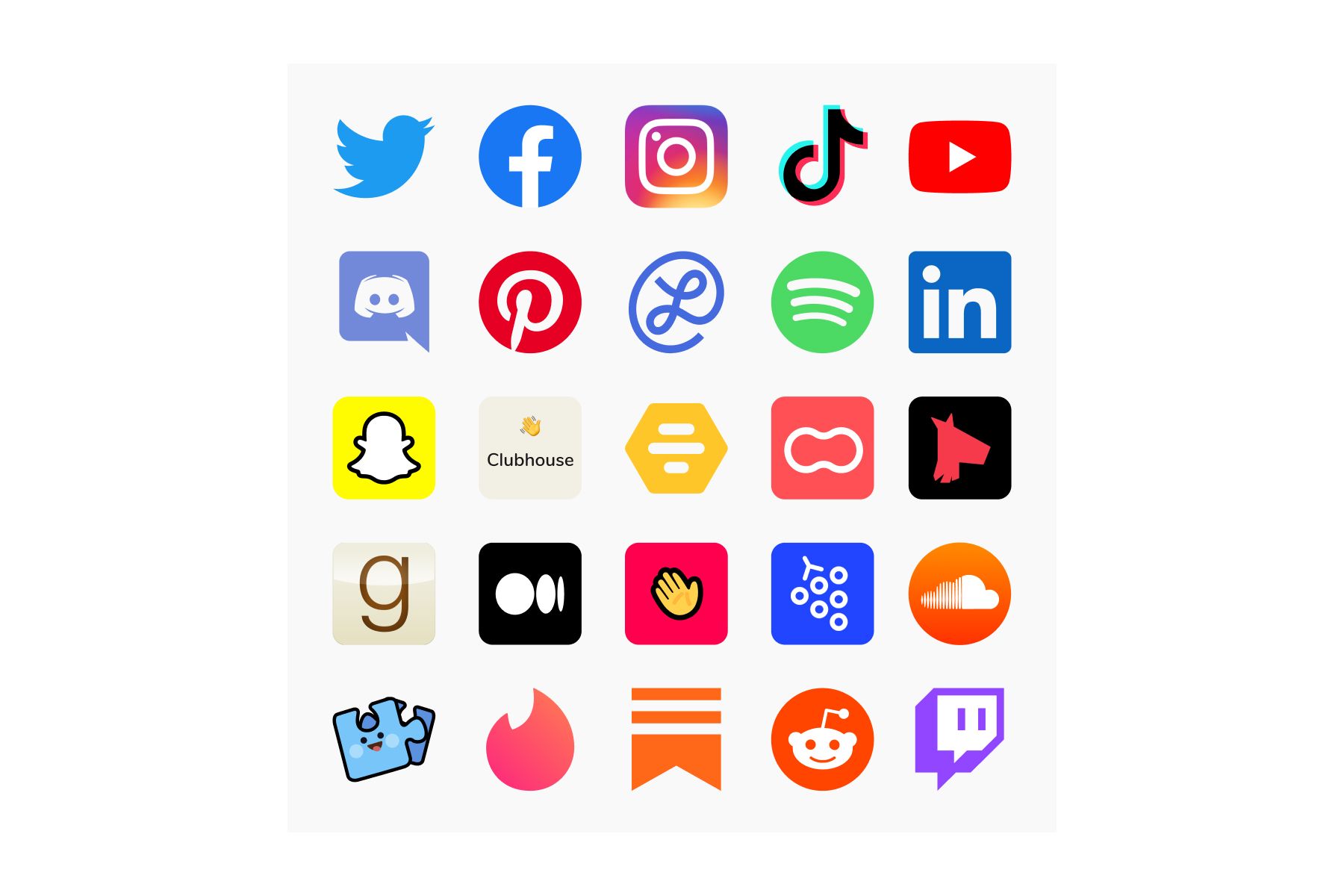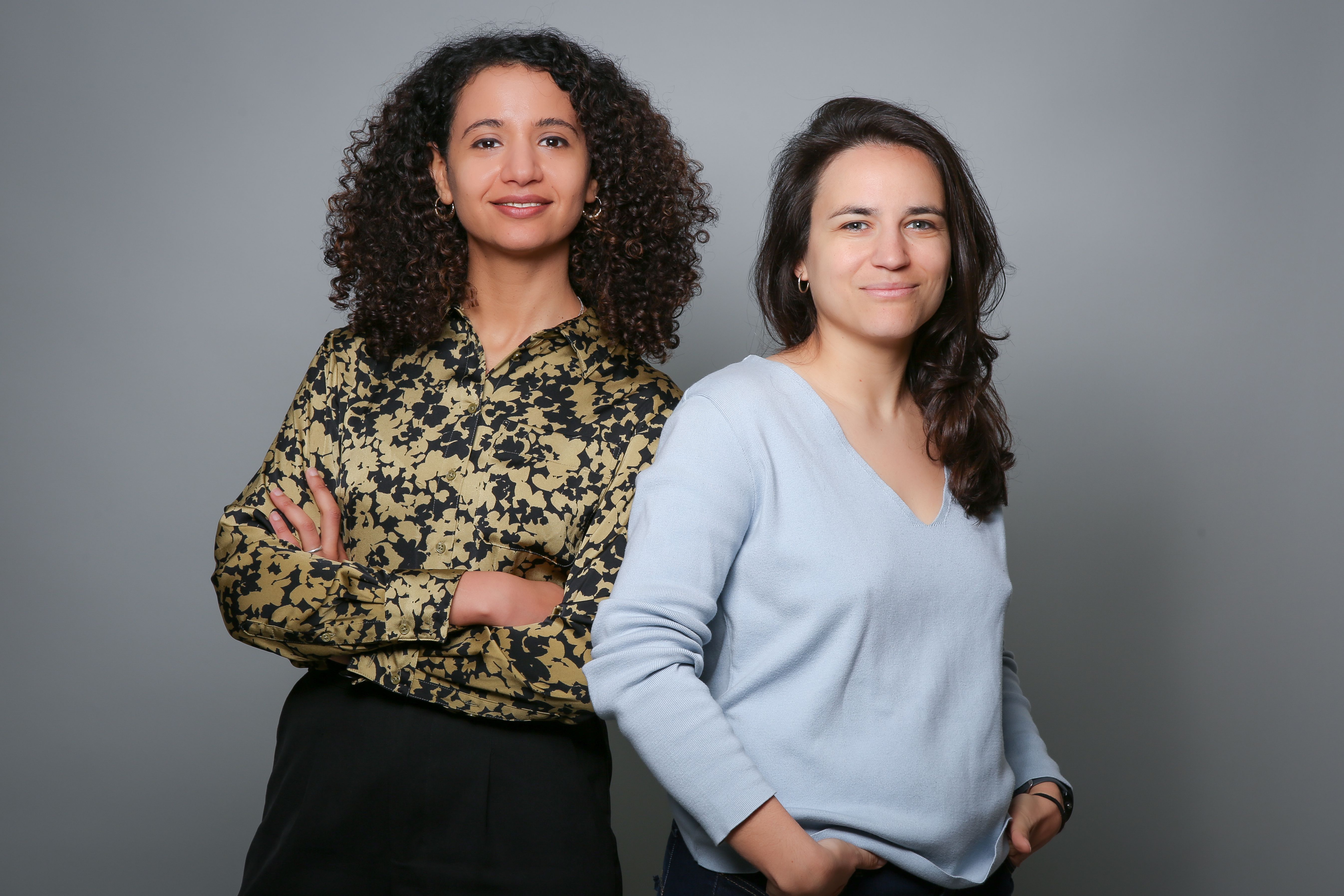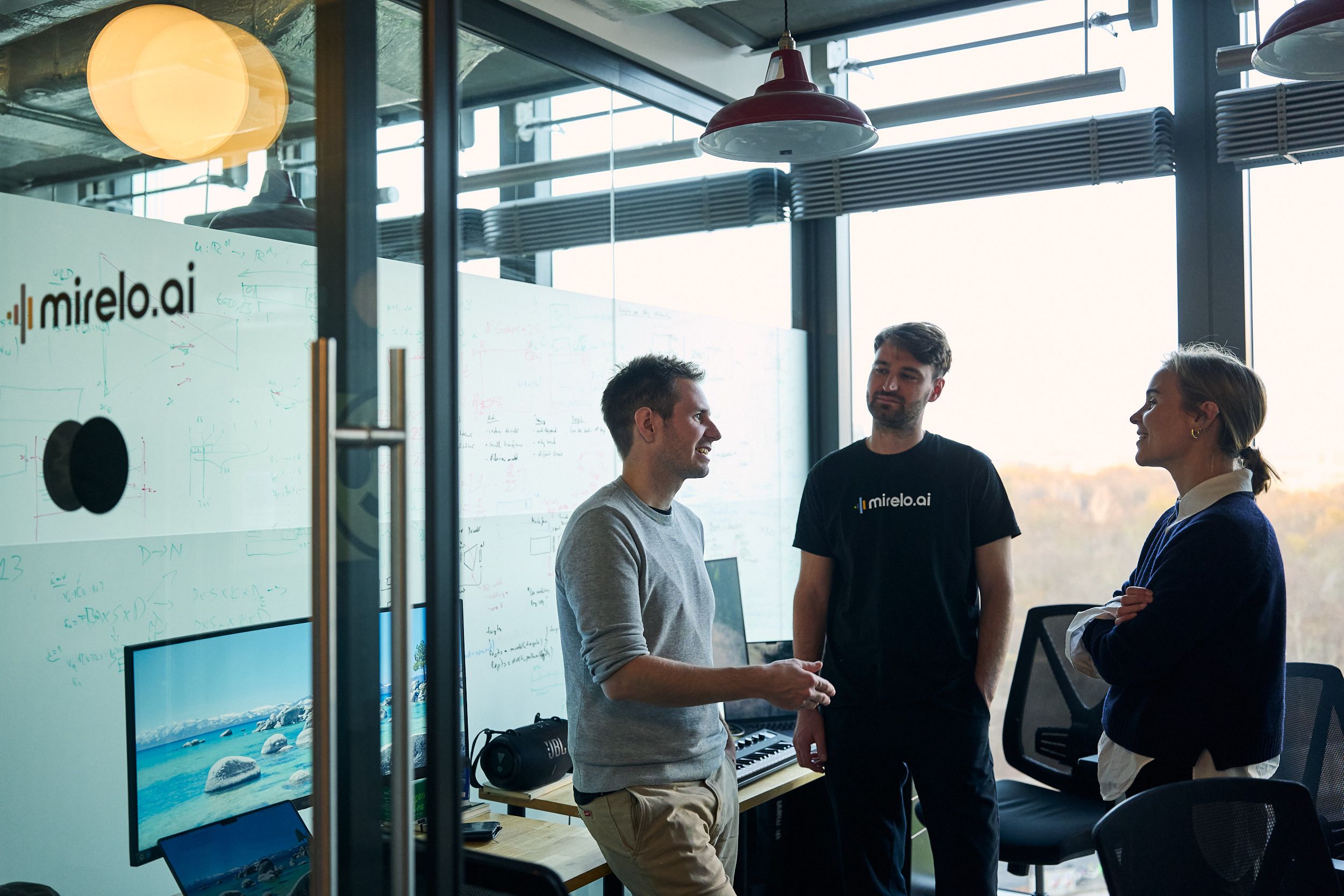Dolly Parton, Linktree & The Great Virtual Mitosis

As Linktree announces $45m investment co-led by Index, our Principal Georgia Stevenson takes a look at the trends that have fuelled the growth of the company.
Earlier this year, along with 1,237,273 others, I liked a meme of Dolly Parton that went viral. Emulated by the likes of Oprah, Ellen and Paddington Bear, everyone couldn't wait to show off their multi-faceted glory; the multiple, often conflicting, identities that make us who we are.
Anyone who listened to Jab Abumrad's podcast series on Dolly Parton will know this isn't the first instance she's captured a zeitgeist so succinctly. But what struck a chord this time, and why is it so significant?
The average person has 8.6 social media accounts in 2020, up from 4.8 in 2014. The incumbents (Facebook, Instagram, YouTube, Twitter) continue to rule, the mid-market (Snapchat, TikTok, Pinterest, Reddit) continues to accelerate, and, notably, the long-tail continues to evolve (Discord, Clubhouse, Pinata).
Indeed, Parton's four square tile could have looked like this.

This shift, from monolith to many, enables individuals to start owning their narrative in an unprecedented way. Like biological cells, we are dividing and multiplying online. In this virtual mitosis, we become bigger, and more multifaceted, than any singular platform.
Indeed, the downside of this phenomena, is that we are increasingly fragmented. With content split between channels, it's hard to keep our Dolly-Parton-style tile up to date.
Our latest investment, Linktree, founded by Alex, Anthony & Nick, is a solution to this problem. The platform aggregates your online presence under one profile and provides an identity layer for your audience across the internet.
Linktree's widespread demand is demonstrated by its ever broadening customer base. With over 12 million users, everyone from The Royal Family to Playboy, from Weight Watchers, to the NBA, has their own Linktree. Like the virality of the Dolly Parton meme, it's no surprise everyone is jumping at the opportunity to build their own.
But this act of re-bundling is more significant than meets the eye. For businesses, brands and creators it's tactical, it's strategic and, most importantly, it drives new opportunities.
The tactical: leveraging followers
On a practical level, by using Linktree we're building a contents page for our online story. We're giving customers and followers a launchpad to navigate from; to find the latest book, podcast, newsletter, merch drop, tour booking, album....the list is infinite.
Crucially, the link to our Linktree sits discretely as a link-in-bio amongst the respective platforms: a small, consistent, teleporting key that jumps into our micro-universe.
Although initially made for the online universe, we're already seeing offline examples. Restaurants, who offer eat in, pick up and delivery from different marketplaces, use Linktree to signpost their offline and online customers. Churches, who offer virtual prayer services and community meet-ups, use Linktree to pull their offline audience into their online world.
Ultimately, whether it's customers, followers or congregations, we all know how hard it is to assemble a large and loyal audience. Crucially, building an audience starts with having to go to different platforms to gather up communities; but it shouldn't end there. Having a cross-platform presence optimises engagement, and fully leverages the audience it took you so long to build.
The strategic: controlling discovery
However, tactics aside, there's a deeper, more symbolic significance to aggregating our identity. Indeed, the Dolly Parton meme couldn't be more apt at demonstrating this. Too often characterised as the playboy bunny [lower right quadrant tile] she reminds people this is part of not all of her identity.
Whether it's via a four-square meme or a Linktree, we can project a total version of ourselves, rather than a prescribed partial one. This is powerful, not only in how people relate to us, but ultimately, how they discover us.
Right now, you're likely to come across someone's Linktree via a social platform, and use it to move horizontally; from one platform to the other.
However, it's no stretch to imagine that Linktree becomes the go-to destination from the outset. Why would we google someone first, to see what advertisers want us to learn about them, or what the press wants us to think about them, rather than go straight to the proverbial horse's mouth?
Indeed, in the real world, we supposedly have 7 seconds to make a good first impression; to intuitively filter the most relevant parts of ourselves and put our best foot forward. It's about time we started to do this virtually.
The new opportunity: driving sales
For many, in a world where purse-strings tend to follow eyeballs, connecting and engaging with audiences ultimately drives to an end-goal: sales.
To set the scene, we're starting to shop people over brands, follow individual opinions over newspapers, and subscribe to podcasters rather than channels. People are becoming the sought-after product, and that product is being increasingly scattered across the internet.
As we know, high demand for fragmented supply is the key ingredient for building a marketplace.
With the integration of commerce links, Linktree enables each of us to build our own marketplace. It aggregates our supply, and provides a discovery layer on top.
This shifting centre of gravity, this new cult of the individual, breeds new opportunity for infrastructure and services to be built around us, facilitating our own marketplaces.
Indeed, as the likes of Deliveroo have demonstrated, there is huge value and velocity in building localised marketplaces. Perhaps, with Linktree's help, this is the dawn of the individualised one.
And so, in this Great Virtual Mitosis we must not forget to leverage this connective tissue. The savvier amongst us will make sure they're not just dividing and multiplying, but that they're growing. Sowing their seeds, gathering their branches, and building their Linktrees.
Published — March 25, 2021
-

-
